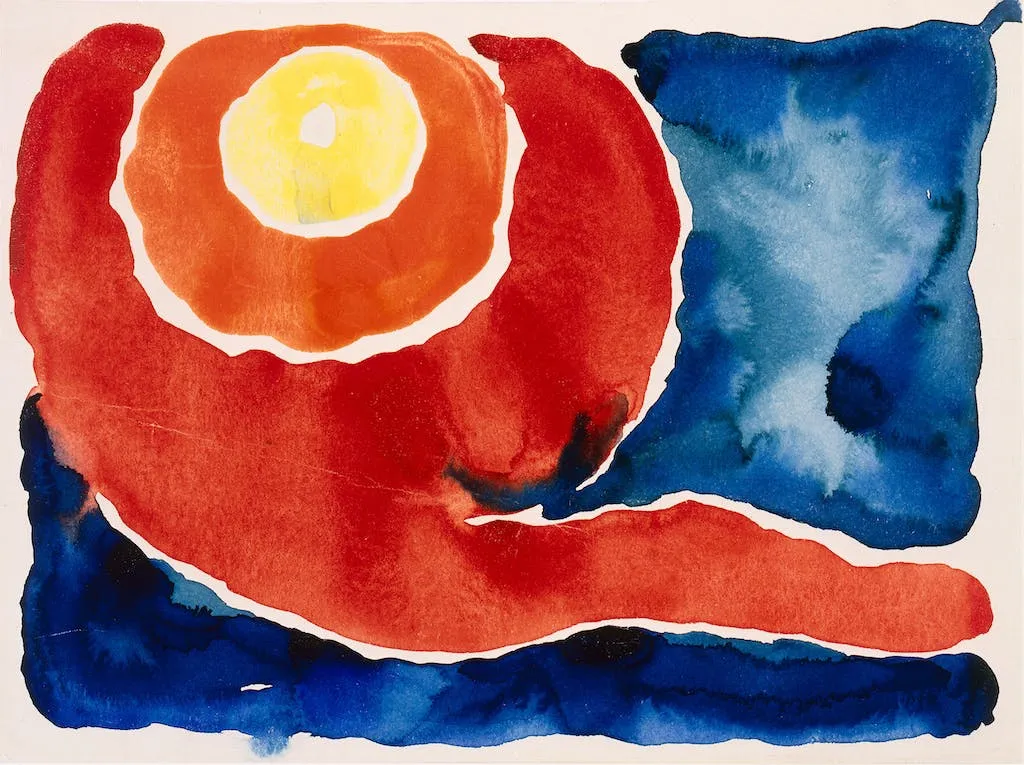In Search Of the Lost Muse
All creatives must confront the darkness and move through it, often to find a joyful response
If you are a creative person, no matter the endeavor there is no avoiding it. After day upon day of summoning inspiration, suddenly, there’s nothing. The well is dry – we all know the feeling. Exhaustion is a natural part of any artistic process, unpleasant as it may be. But there are rewards around the corner if one persists.
I haven’t been drawing in a while and have returned to the practice. “Practice your lines,” as some art instructors have said. There are lots of reasons to draw in a sketchbook or journal not the least of which is to freely explore with no commitments. No deadlines, no clients, and no expectations to find a market. In this way, you are freeing yourself and your creative soul to explore. I’ve also learned from a number of instructors that part of developing a style in your work amounts to developing ‘muscle memory.’ Your body and senses will learn by doing. The way to provoke yourself to learn new mediums is to dive in and learn how the materials react, and you react to them. And so it truly is a practice.
I love working with inks and high-flow paints, and I’ve set out to do a series of abstract landscapes on paper. Art supplies are expensive and sometimes facing a blank canvas or panel feels ominous and inhibiting. How and where to make that first mark? So I started out with a pencil sketch on student-grade drawing paper, 55-pound stock, painted loosely in acrylic ink, and then did some line work with two of my favorite instruments, a folded nib dip pen and a wooden dip pen. It’s hard to make a perfect line with these pens and that’s what I like about them.
Lines with acrylic ink and dip fountain pens
Music: 'Within Our Nature' by Scott Buckley - released under CC-BY 4.0. www.scottbuckley.com.au
Coincidentally, I came across Anna Brones Creative Fuel newsletter here on Substack and she addresses some of these issues. She writes of the art of letting go and seeing what happens.
When you start from a more freeform place, one where you abide by the unexpected and the unknown, you take ownership of what happens. If you feel a sense of failure, there is nowhere else for that blame to go. That vulnerability is often a scarier place to be, and it means that a lot of us avoid venturing there.
This place requires us to be kinder to ourselves, to detach ourselves from the end result. It requires more experimentation, more looseness, more lightness.
There are things I don’t like about these paintings, but I’m just really enjoying the exercise and hopefully learning something in the process.
I’ve long been an admirer of Georgia O’Keeffe, whose beautiful paintings of American Southwest landscapes started with works on paper, according to Laura Neufeld, associate paper conservator at The Museum of Modern Art.
Paper was her main material when she started as an artist, partially because it was inexpensive, accessible, and portable. But these qualities also lend themselves to a certain amount of freedom. It was the material that let her feel able to try out new things and feel like she could move beyond the limitations of the academic work that she’d been doing as a student. So working on paper was a return to the basics to start over and build her own vocabulary using these familiar materials.
Georgia O'Keeffe Evening Star 1917
I hadn’t read this piece when I started the series but was happy to read about O’Keeffe’s works on paper.
“Most of O’Keeffe’s watercolors are on cheaper, student-grade paper. It was perfect for her because of its semi-absorbent quality, which allowed watercolor to be crisp, with defined brushstrokes. It also allowed her to blend and bleed strokes of color together to create saturated pools of color that would sit and dry on the surface. O’Keeffe wrote in a letter to Alfred Stieglitz that “a stack of [this paper] almost a foot tall makes her feel downright reckless,” and you can see the glee in the watercolors that she made on that paper, like the nude self-portraits or the Evening Star series, where she seems to be reveling in the watercolor and the way it flows over that surface. You can feel that she’s choosing quantity over quality at that moment. You see this in the final Evening Star composition, where O’Keeffe chooses another Japanese paper that has qualities totally opposite to gampi. It has long fibers and is incredibly absorbent. The moment the brush touches the surface, the pigment is totally absorbed into the paper and wicked laterally through the fibers. It allows her to create soft, blurry strokes of color that are much different than what she would make on a sheet of the cheap student-grade paper. It’s the same action of the brush, but the result is totally different.” – Georgia O’Keeffe Leaves a Paper Trail
Which is what I had intended setting out in this series. Learning new brushstrokes, responding to a new medium, and trying to learn a new vocabulary. Working with inks or high-flow paint is often unpredictable and uncontrollable. You don’t know in advance what will be the result. But therein lies the beauty of it. An enjoyable day in the studio practicing a new technique.

